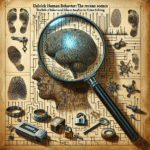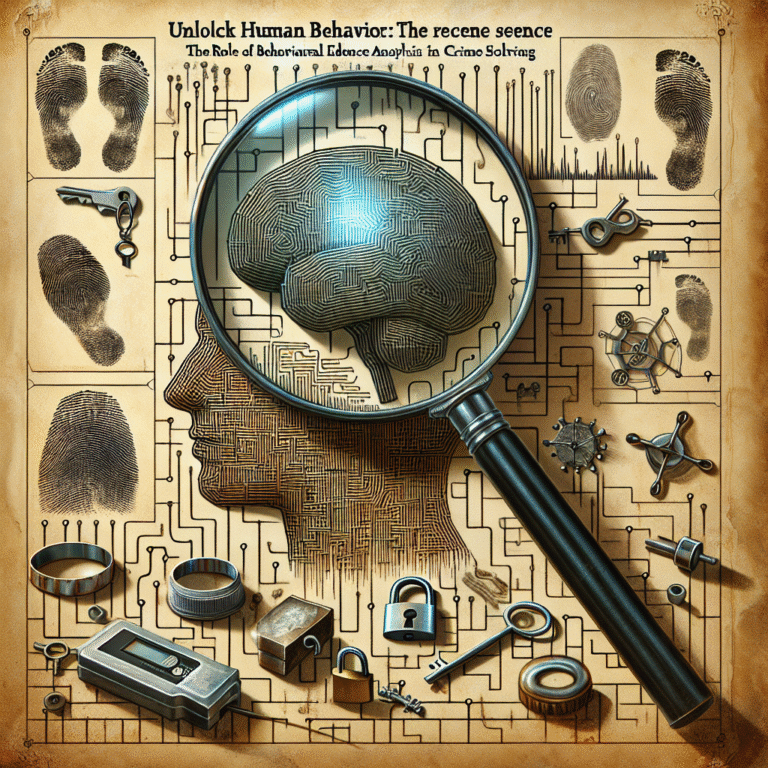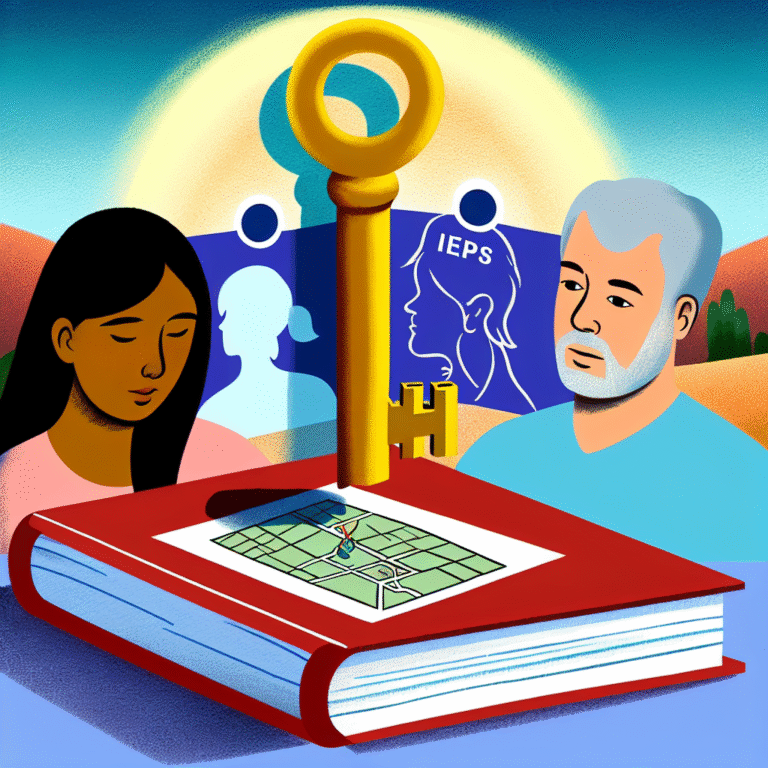
Introduction
In an age where data is deemed the new oil, the capacity to decode its complexity is not just a luxury—it is essential. One of the most transformative methodologies harnessing the power of data is geographic profiling. This powerful technique is revolutionizing how law enforcement agencies, private investigators, and even businesses understand patterns in human behavior. As we’ve entered the era of big data, "From Data to Detection: The Power of Geographic Profiling" emerges as a game-changer, offering insights that can lead to solutions, interventions, and even prevention.
This article explores how geographic profiling transcends traditional boundaries, providing unique case studies, relevant statistics, and an engaging conversation regarding its real-world implications.
The Basics of Geographic Profiling
Geographic profiling is a technique used primarily in criminal investigations to make sense of where a suspect might live or work based on the locations of their crimes. By analyzing crime scenes via various data points—such as the frequency and distribution of offenses—law enforcement agencies can narrow down potential suspects and locations.
Understanding the Core Principles
At its core, geographic profiling combines criminology, psychology, and geography. The method operates on the premise that criminals often operate within familiar areas and thus leave a spatial pattern linked to their activities. Understanding this behavior is crucial to predicting future acts and apprehending suspects sooner.
Key Components
- Map Analysis: Crime scenes are plotted on a map to visualize patterns and hotspots.
- Behavioral Analysis: Insights regarding the offender’s psyche help pinpoint likely locations based on their modus operandi.
- Data Mining Techniques: Advanced algorithms help sift through vast troves of data to identify patterns that aren’t readily visible.
The Technology Behind Geographic Profiling
Data Integration
The digital age offers previously unimaginable access to data. Geographic profiling thrives by integrating diverse sets of information—crime reports, demographic data, and even social media activity—to unveil a clearer picture of criminal behavior.
Geographic Information Systems (GIS)
Using GIS technology, investigators can visualize crime data, making it easier to interpret spatial relationships. Interactive maps can showcase crime density, revealing areas that may require increased police presence or intervention.
Machine Learning and Algorithms
Modern geographic profiling often employs algorithms to predict where a perpetrator might strike next. These machine-learning techniques not only enhance accuracy but can also analyze patterns in ways humans may miss.
Case Studies in Geographic Profiling
Case Study 1: The Green River Killer
One of the most notorious examples of successful geographic profiling involves Gary Ridgway, the Green River Killer. Through the analysis of crime scenes, investigators mapped the locations of the bodies he left in Washington State. Their assessments led them to focus on Ridgway’s familiar geographic area, ultimately leading to his capture. The power of geographic profiling in this case showcases how data-driven insights can save lives and bring justice.
Case Study 2: The Atlanta Child Murders
In the late 1970s, Atlanta faced a chilling wave of child abductions and murders. Through geographic profiling, law enforcement narrowed down potential areas of interest, identifying a pattern that suggested the perpetrator was familiar with the city. This analysis ultimately played a role in guiding police strategies, highlighting how geographic profiling can shape investigative approaches in real-time.
Case Study 3: The Boston Marathon Bombing
In the 2013 Boston Marathon bombing, investigators utilized geographic profiling to identify suspects based on their patterns of movement in the Boston area. By analyzing where the bombs were placed and correlating that with footage from security cameras, authorities were able to quickly narrow down their suspects.
The Implications of Geographic Profiling Beyond Criminal Investigations
Sports Analytics
Geographic profiling isn’t limited to crime—sports teams are now leveraging these advanced techniques to optimize player performance. By analyzing where athletes perform best on the field, coaches can develop strategies that enhance their game.
Urban Planning
City planners utilize geographic profiling to understand traffic patterns and social behaviors. Understanding how people navigate urban spaces allows for improved infrastructure and public safety measures.
Business Insights
Retailers are now employing geographic profiling techniques to understand shopping behavior. By analyzing where foot traffic is highest, businesses can position themselves strategically to boost sales.
The Ethical Considerations
Despite its benefits, geographic profiling raises ethical concerns regarding privacy and data representation. How can we ensure that this powerful tool is used responsibly? The need for regulations and guidelines becomes evident, as misuse can lead to profiling based on assumptions rather than facts.
Data Privacy
Law enforcement must tread carefully when collecting and analyzing public data. Transparency and consent should be prioritized to maintain community trust.
Bias in Data
Geographic profiling can inadvertently perpetuate biases present in the data. Policymakers must ensure that training for law enforcement includes lessons on recognizing and addressing these biases.
Conclusion
As we’ve explored, "From Data to Detection: The Power of Geographic Profiling" is a method that is reshaping how we understand crime, human behavior, and urban landscapes. Its applications stretch far beyond traditional criminal investigations, influencing areas like sports and urban planning.
Embracing geographic profiling can lead not only to improved public safety but also to smarter business strategies and effective urban design. As data capabilities evolve, so will the methods of geographic profiling, making it vital to continue developing ethical practices around its use.
In essence, the insights gathered from geographic profiling serve as a beacon of hope for a data-driven future.
Frequently Asked Questions (FAQs)
1. What is geographic profiling?
Geographic profiling is a method used primarily in criminal investigations to analyze crime scenes and identify potential suspects based on their geographical patterns.
2. How does geographic profiling work?
It works by mapping crime scenes, applying criminal psychology principles, and utilizing algorithms to draw connections based on the suspect’s geographical familiarity.
3. What are some real-world applications of geographic profiling?
Beyond law enforcement, geographic profiling is used in sports analytics, urban planning, and business to understand patterns of behavior based on location.
4. Is geographic profiling foolproof?
While geographic profiling is a powerful tool, it is not infallible. Data accuracy and the handling of biases are essential considerations.
5. How can privacy concerns be addressed?
Ensuring transparency, creating regulations, and obtaining consent are crucial steps in responsibly employing geographic profiling to address privacy issues.
By embracing the potential of geographic profiling, we are unlocking doors to not only solving crimes but also enhancing the quality of life across various sectors. Each data point collected is not merely a statistic; it’s a potential lifeline that could lead us closer to understanding the complexities of human behavior in our ever-evolving world.















